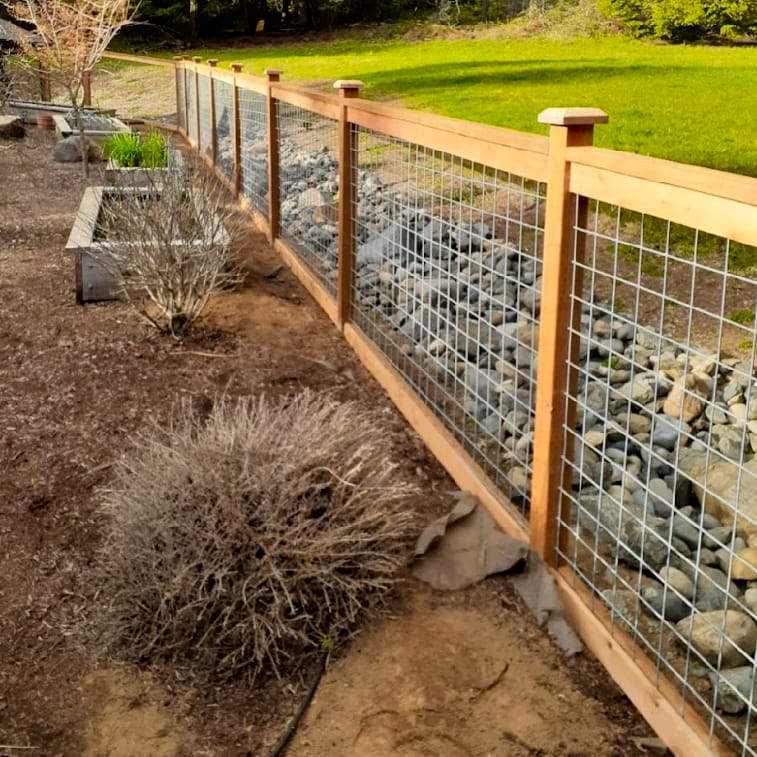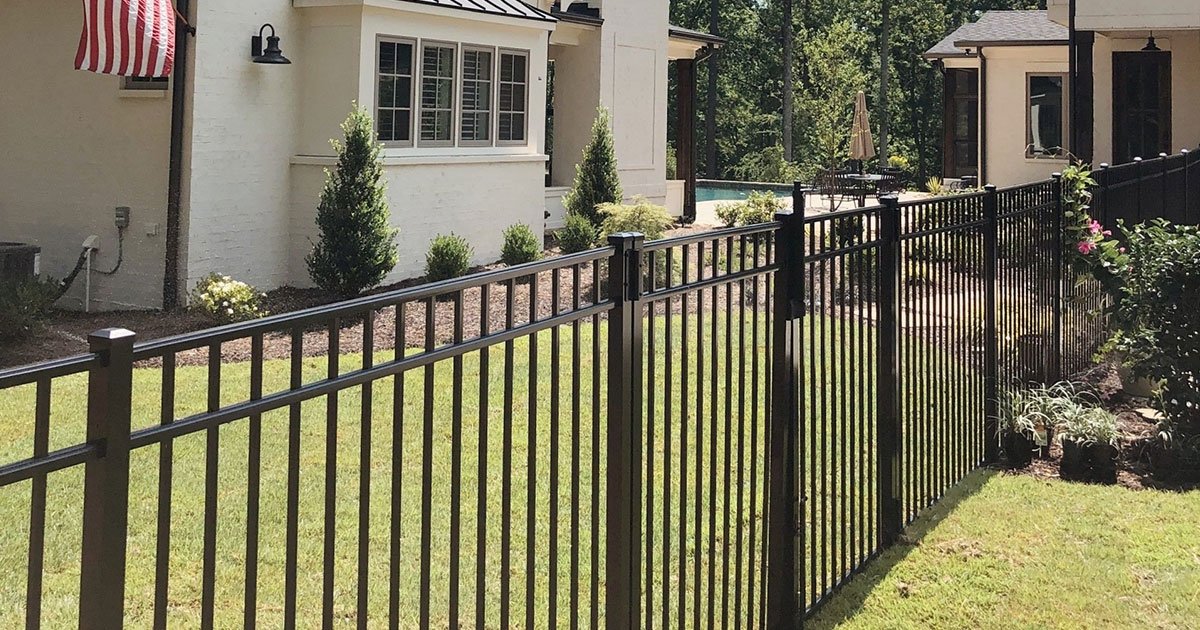All Categories
Featured

Fences are an essential component of your building, using personal privacy, security, and aesthetic value. However, they are frequently exposed to the components and can endure from weather-related damages in time. Whether it's strong winds, rainfall, snow, or intense warmth, climate condition can slowly deteriorate your fencing, resulting in expensive fixings or substitute. There are numerous steps you can take to shield your fencing from weather-related damage and extend its life expectancy. Here's just how you can secure your fencing against the elements.
- Select the Right Product. The type of material your fencing is made from plays a significant function in how well it will stand up to weather. Some products are normally a lot more immune to damage than others. As an example:
Wood Fencings: While classic and stunning, wood can be vulnerable to moisture, rot, and bugs. Nevertheless, pressure-treated timber or cedar can use far better resistance to these issues. Vinyl Fencings: Plastic is very immune to wetness, rot, and parasites. It also stands up well to extreme sun and hefty rain. Steel Fencings: Wrought iron or aluminum fences are long lasting and can hold up against a variety of climate condition. They can, however, experience rust in time, especially otherwise properly covered. Compound Fences: Made from a mixture of wood fibers and plastic, composite fencings are extra resistant to weather-related damages contrasted to conventional timber fencings. Choosing the ideal material for your region's environment is the primary step in safeguarding your fence from weather damage.
- Seal or Discoloration Wooden Fences. Wood fences are particularly vulnerable to damage from dampness, UV rays, and temperature level variations. One of one of the most reliable methods to safeguard your wood fencing is by using a protective sealant or stain. These items assist:
Avoid Water Damage: Sealants develop a waterproof obstacle, protecting against dampness from seeping into the timber and creating mold, rot, or mold. Protect Versus UV Damage: An excellent discolor or sealer will certainly additionally obstruct unsafe UV rays from the sun, which can trigger wood to dry out, split, and blemish gradually. Protect the Fence's Appearance: Regular staining helps maintain the natural appeal of the wood and expands its lifespan. It's recommended to reapply the stain or sealant every 1-- 2 years to maintain your fence in excellent problem.
- Install an Obstacle for Wind Security. Solid winds can trigger considerable damage to your fencing, specifically if it is tall or weak. Wind can bend or break wooden panels, loosen up fence posts, or perhaps cause the whole fencing to collapse. Installing a windbreak-- such as growing bushes, bushes, or setting up a mesh obstacle-- can aid safeguard your fence from high winds.
Additionally, you can strengthen the posts with concrete or steel braces to give extra security and avoid leaning or changing.
- Trim Overhanging Branches. Looming tree branches can position a major risk to your fencing during storms or high winds. Dropping branches can break panels or damage the fence blog posts, bring about costly repair work. Frequently cut any kind of branches that hang over your fence, especially if they're in close proximity to it. Keeping the branches cut down lowers the danger of branches breaking short and triggering damages to the fence.
- Normal Evaluations and Upkeep. Executing normal upkeep and examinations is essential to catching potential issues before they rise. After a hefty storm, examine your fencing for any type of indicators of damages, such as loose panels, leaning messages, or broken areas. Looking after small concerns before they come to be bigger ones can aid expand the life of your fencing.
In addition, cleaning your fencing regularly to get rid of debris, mold, or dust can aid preserve its look and honesty. For wood fencings, gently stress clean the surface area to get rid of built-up grime, and for plastic fencings, use a mild detergent to clean up any discolorations.

- Ensure Proper Drainage. Water damages is one of the most common weather-related concerns that influence fences. Poor drain can lead to standing water around your fence messages, which can create the articles to rot or deteriorate over time.
- Use a Protective Layer to Metal Fences. Steel fencings, such as those constructed from iron or steel, are highly resilient yet can be vulnerable to rust otherwise properly preserved. Applying a protective finishing or paint that is specifically created for metal can aid avoid rust and rust. Make sure to check the fence occasionally for any type of indicators of rust, and address it quickly by sanding and repainting the impacted areas.

Verdict. Your fence is a valuable investment, and protecting it from weather-related damage will certainly help ensure that it remains to offer its objective for many years to come. By selecting the appropriate materials, routinely maintaining your fencing, and taking actions to protect it from the aspects, you can minimize weather-related damage and expand its life expectancy. Whether you're taking care of solid winds, hefty rainfall, or the rough sunlight, these straightforward steps can go a long method in protecting the condition and look of your fencing, saving you money and time over time.
Latest Posts
Sophisticated, Resilient Ceramic Tile Flooring for every single Area
Published Apr 19, 25
1 min read
Style and Efficiency Combined
Published Apr 19, 25
1 min read
Financial Security for Every Stage of Life
Published Apr 19, 25
1 min read